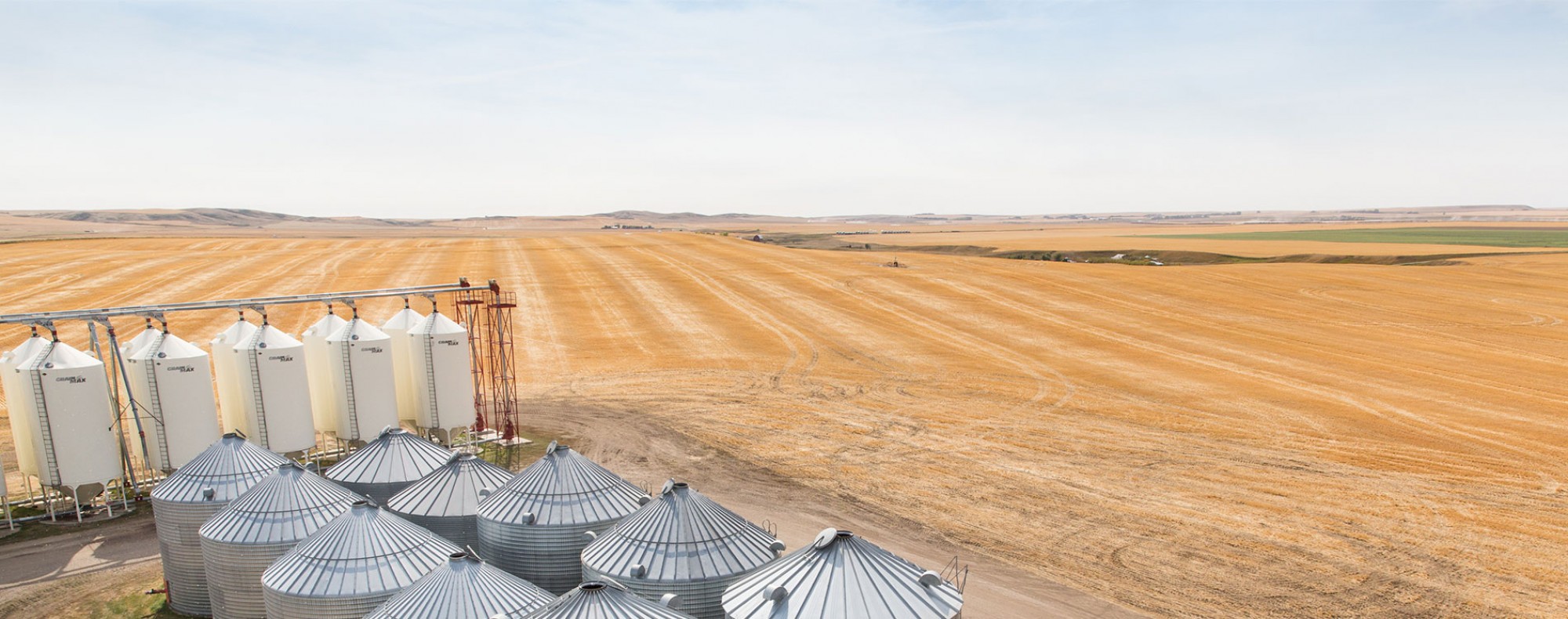Delivery of an Innovative Winter Wheat Agronomic Package to Achieve Sustainable Wheat Production in the Canadian Prairies
Canadian Agricultural Partnership (CAP) Wheat Cluster Project
AWC Contribution: $29,845
Start date: April 1, 2018
End date: February 28, 2023
Summary:
Although winter wheat has been grown for many years, for most western Canadian producers it is still perceived as a new and alternative crop. Producers, ag-industry and society recognize that there is a need to develop agricultural production practices that provide enhanced agronomic and economic benefits to producers while contributing to the health of the ecosystem concomitant with the expanding needs of society. In 2016, winter wheat yields were 6% higher than spring wheat in Alberta, 26.5% higher than spring wheat in Saskatchewan and 25.4% higher than spring wheat in Manitoba (Statistics Canada, 2016). The winter annual life cycle of winter wheat and subsequent early spring growth compared to spring cereals results in greater competitive ability with many weeds, and escape from disease and insect losses as a function of asynchrony due to advanced plant phenology. Early heading allows it to avoid other pests such as Fusarium Head Blight and the Orange Wheat Blossom Midge. Economic benefits include high yield and potential for less reliance on crop protection products, which generally results in a more profitable crop for producers. Despite these benefits, winter wheat remains a relatively low acreage cereal crop in the Prairies. Some industry members believe that winter wheat acreage can increase to 2 million ha in the next five to ten years. At its 2007 Annual General Meeting, the Saskatchewan Winter Cereals Development Commission (SWCDC) announced its vision of 4 million acres (1.6 million ha) of winter wheat. However, over the last 9 years, the winter wheat acres remained variable far below the target at only 595,000 acres (241,000 ha) seeded in the Prairie Provinces in 2016 (Statistics Canada, 2016). Issues identified by formal and informal polls indicate a lack of adoption due to crop establishment or effective integration of winter wheat into crop rotations that currently utilize a spring wheat phase.
Bio:
Dr. Beres is a senior research scientist at Agriculture and Agri-Food Canada’s Lethbridge Research Centre in Alberta. Dr. Beres grew up on a farm east of Lethbridge in Readymade and started his career path as a teacher in southern Alberta after obtaining Bachelor’s degrees in Education and Geography. Dr. Beres leads several multi-disciplinary projects developing innovative and integrated crop management systems. This team approach to integrated crop management research that Dr. Beres is a part of was recognized with an AAFC Gold Harvest Award in 2015. His impact on the seed industry was recognized by the Alberta Seed Growers, who conferred upon him an Honorary Life Award in 2019. Dr. Beres publishes in the areas of agronomy and crop science and has been the author or co-author of 80 peer-reviewed research articles and 2 book chapters. He and his co-authors were the recipients of the 2013 Canadian Journal of Plant Science Best Paper Award. Dr. Beres is Past-President and Fellow (2017) of the Canadian Society of Agronomy, an active member of the American Societies for Agronomy, Crops and Soils. He serves as Editor-In-Chief for the Canadian Journal of Plant Science, Special Issues Editor for Frontiers in Plant Science, and Associate Editor for Agriculture and Environmental Letters; he received the CJPS 2014 Outstanding Associate Editor award. Dr. Beres represents Canada on the Research Committee of the global Wheat Initiative, where he also recently developed and Chairs an Expert Working Group for global agronomy wheat research.
